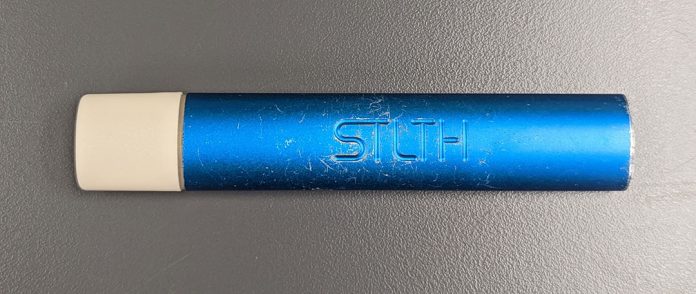In every school, as a teacher or student, there will always be students skipping class to consume cannabis or vape products.
In fact, vaping products are being brought to schools more often than tobacco, alcohol or cannabis products.
“Kids really find them [Cannabis and Tobacco products] dirty, stinky, they’re not great, but the allure of vaping with their scents, and the ability to potentially get away with it while you’re in school has increased their prevalence,” said Dan Hogan, substance use violence prevention coordinator for the Durham District School Board.
In 2020, the rate of vaping among 15- to 17-year-old students was 21.3 per cent which is four times higher than the 5.4 per cent of 12- to 14-year-old students who vape, according to Statistics Canada.
Over the past few years, tobacco smoking rates among students have dropped to as low as eight per cent because of the rise of vaping.
However, Hogan says because of the rise of vaping in 2020, tobacco use has gone back up to 10 per cent compared to the last few years.
“It implies a couple things here too that’s really important. That means that while the majority of students don’t use tobacco, that same majority switch to vaping instead,” he said.
According to former high school student, Owen Moore , it is quite common for kids to start vaping once they reach high school and it’s hard for them to stop.
Moore recalls vaping being a popular “trend” among most students when he started high school, which is why he took part in it.
“I didn’t really know what I thought about it the first couple of times, I tried it again and eventually I was addicted to it,” he said.
Moore played minor hockey in Whitby throughout high school and noticed the effects of the chemicals he had consumed from vaping.
“I would notice as time went on, I couldn’t take as long of shifts as I had used to, I couldn’t go all out as I had used to so I thought ‘this isn’t good.”
Hogan says students are consuming more vape products because of the high nicotine and TCH content that are included in vape products.
According to Texas DCHS, consuming these nicotine products can affect the way the cells in the human respiratory system react to germs and the way humans breathe air through the nose and lungs.
Moore had been vaping since grade ten but stopped in April 2022 because of the effect the chemicals had on his ability to play sports.
“For me, I started playing hockey again this year, so I thought I might want to get my lung capacity and endurance back up because it [chemicals from vaping] really does take a toll in here (chest area), it’s really not good.”
Despite the risks vaping brings to students and athletes alike, Moore said it was hard for him to stop.
“You don’t really get a joy in doing it,” he said. “I thought there was going to be one, but it doesn’t take long, and you think ‘why am I doing this’ but then at that point you’re addicted to it and you can’t stop doing it or go a long time without it.”
Hogan agrees but describes the addiction differently. He said once anyone starts smoking or vaping, they become so attached to it, they need it more in their lives.
“What we’re seeing with our young people is they’re becoming dependent quicker,” he said. “They’re using a vape product, whether it be cannabis, or nicotine, and they’ve becoming dependent quite rapidly because they need it more frequently, so they need it to feel normal.”
These needs do go a long way, especially for students in school, who according to Moore, miss class two to three times a school day just to consume what they’ve grown a desire for.
To convince students not to bring these substances into schools, DDSB teams up with other school boards and community partners to raise awareness.
“They would do presentations and teach student leaders from each school how to create a public health campaign,” Hogan said. “Then, those students are going to take that public health campaign and do it back in their school.”
Hogan hopes events like these will help to make vaping students understand the importance of their own health and well being. Even though students have shifted away from tobacco and cannabis products, Hogan is still not convinced vaping is that much safer.
“Vaping is harmful, but smoking is super harmful,” he said. “It’s almost saying the same thing, but it’s not because the tobacco companies are implying that vaping is healthy, and smoking is healthy too.”




